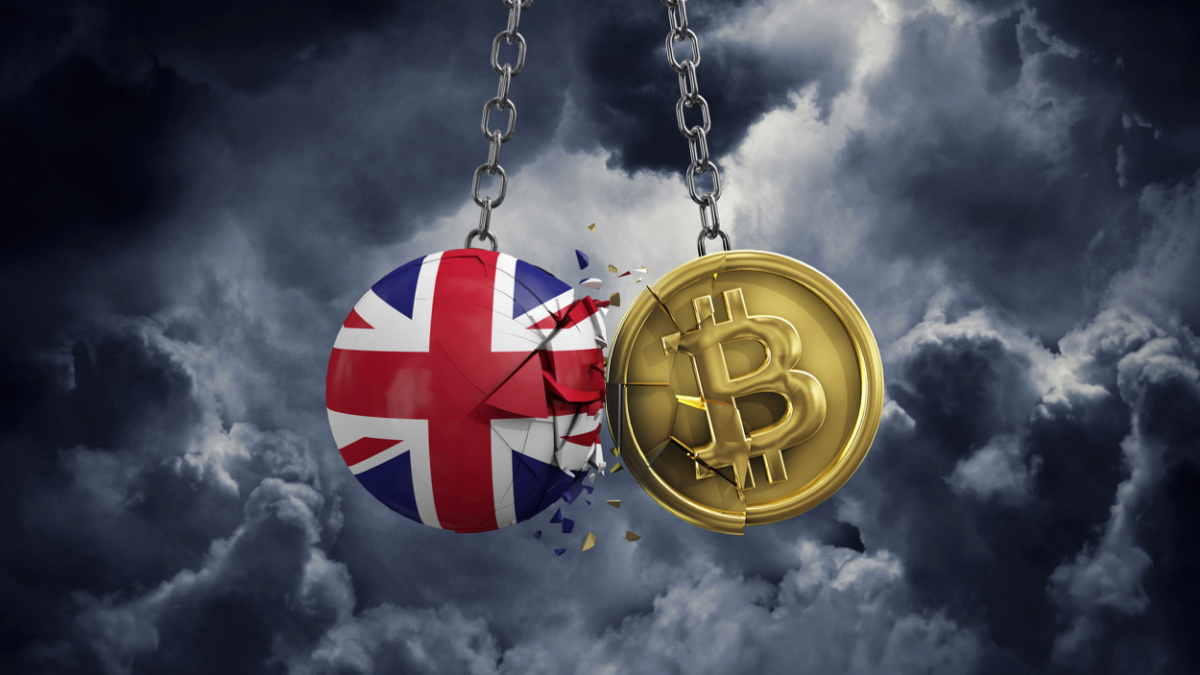MultiPay Global Solutions COO, Delia Pedersoli, writes for Payment Expert to explain the potential of a Britcoin digital currency and the impact it could have on revitalising retail.
In 1971 the UK went decimal ending the reign of pennies and shillings for payment. Now, 40 years later, an even bigger shift is on the horizon with the UK Treasury and Bank of England (BoE) consulting on the idea of a digital currency.
For retailers, the arrival of a digital pound – aka ‘Britcoin’ – will have far and wide-reaching implications. From reducing transaction fees to creating whole new business models, Britcoin has the potential to fundamentally change the retail industry. With such a seismic shift taking place, it’s worth taking a look at what Britcoin is, how it works and crucially what it means for UK retailers.
What is a digital currency?
Based on similar technologies to cryptocurrencies, but backed by central banks like the BoE, digital currencies are exactly as they sound – a wholly digital currency. They are designed to sit alongside existing fiat currencies like pound sterling but by being digital by design can enable new features. Unlike cryptocurrencies, however, digital currencies don’t need to be decentralised and have been developed to easily scale to the volumes needed for day-to-day retail payments.
Nonetheless, despite these differences, digital currencies do offer features that will be familiar to anyone with a passing knowledge of cryptocurrencies. For governments and central banks, for example, digital currencies can provide additional data points and insights into how payments for public services are made. This data can then be used to enhance public services. On a national scale, digital currencies can make it easier to carry out programmes such as quantitative easing or support during an energy bill crisis. With digital currencies, payment can be made directly to an individual’s digital wallet, giving them control over how it is used while also accelerating the delivery of financial support.
Boosting CX
However, the real impact of Britcoin will be felt by businesses and the retail industry, where digital currencies offer several exciting opportunities. For a start, if and when Britcoin arrives, it will enter the market with greatly reduced rates for international payments and money transfers. Being digital, and easy to transfer, means that much of the complexity involved with making international transfers today will be gone. For retailers that have a large customer base from abroad or import significant quantities of products, digital currencies will create significant financial savings. These savings can then either be passed to customers or used to enhance the customer experience (CX).
Speaking of CX, digital currencies will be transformative for loyalty schemes. Easily connected to loyalty schemes, the frictionless rails digital currencies will use, means that fiddly discount vouchers would be outdated. Instead, retailers could offer cashback, with money paid directly into a customer’s digital wallet once a purchase is complete. Getting instant cashback on purchases will deliver a significant boost to loyalty schemes and further enhance their ability to reduce customer churn.
It’s not just with loyalty schemes though that Britcoin can boost CX. Operating on payment rails with less complexity allows digital currencies to provide instant refunds for things like missed deliveries. The damage caused by missed deliveries cannot be underestimated either. Research has shown that it is the number one annoyance for consumers when it comes to e-commerce sales. Simply getting an instant refund without needing to contact customer services will go a long way to enhancing CX while alternative delivery options are reviewed.
New ways to pay
Loyalty schemes and instant refunds are scratching the surface of what is possible though. The impact of Britcoin could go even further and fundamentally change business operations by enabling micropayments.
Micropayments are small-value payments (e.g., less than a pound in value). Currently, due to the transaction fees involved, the use of micropayments is rare as the cost of processing the payment often outweighs the value of the payment itself. With Britcoin and its low transaction fees, that doesn’t have to be the case.
Instead, customers could make smaller digital payments than are currently possible. As a result, micropayments could sit between large one-off transactions and subscriptions as a payment option. This small change can have a dramatic effect on many retailers’ business models. For a magazine or newspaper publisher, for instance, readers could be charged a few pennies to read an article, rather than having to sign up for a full subscription. Adding micropayments as a payment option could help add additional revenue to a business’s bottom line which would have been lost by customers not wanting to commit to a subscription and seeking an alternative from a competitor.
The arrival of Britcoin however is still years away. Nonetheless, some of the advantages it offers are already available via existing payment solutions. For instance, alternative payment methods (APMs), are a growing form of transaction that offer a lot of new features such as reduced transaction fees via account-to-account (A2A) payments.
Payment systems that facilitate APMs are already available and many of these are future-proofed for digital currencies too – so they will automatically be Britcoin ready if the idea goes ahead. To get ahead, retailers wanting to enhance CX while reducing transaction fees should act to install the latest payment systems.























